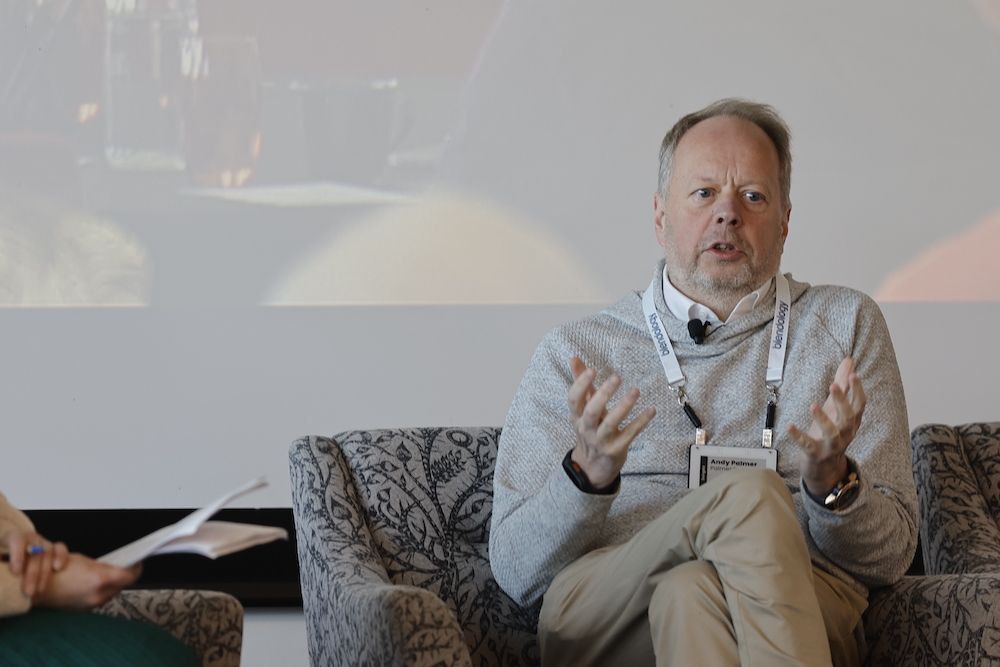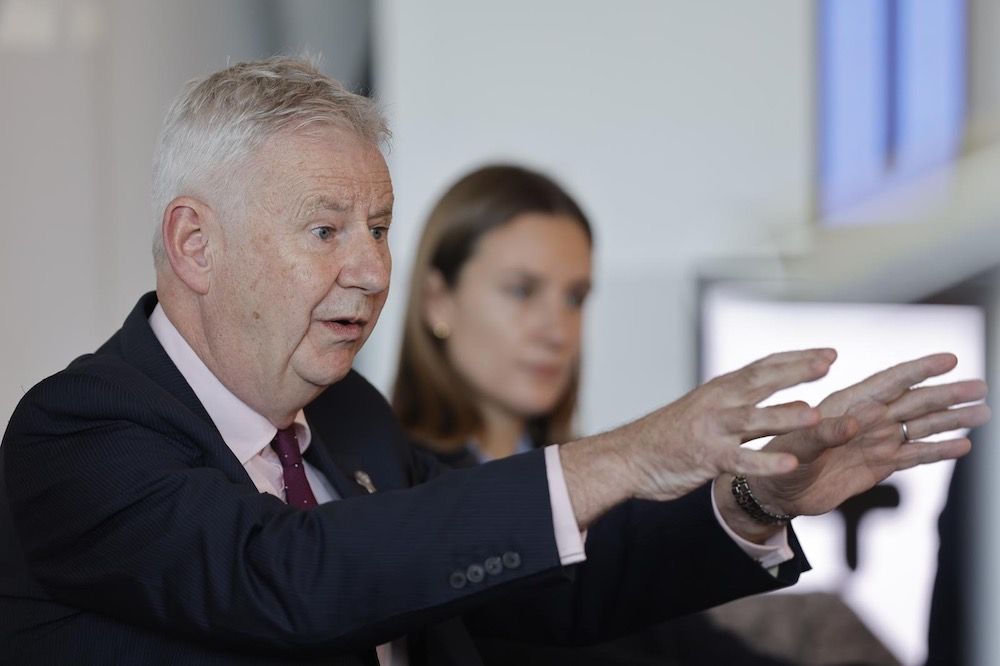A new guide to help local authorities speed up their EV charging rollout has been launched at the Transport + Energy Forum in Warwick by UK100 in partnership with UK Power Networks’ DSO and Cenex.
The guide, called Powering Local EV Infrastructure: A Guide for Councils, shows councils using innovative planning tools achieve 100% first-time success in government funding applications – compared with just 37% on average.
One of the findings highlighted in the guide is the transformative impact of evidence-based digital planning. Councils using ChargePoint Navigator – a free digital tool developed by UK Power Networks DSO with Field Dynamics, Cenex and Zapmap – achieved a 100% first-time Local Electric Vehicle Infrastructure (LEVI) funding success rate, compared with an average success rate of 37% for those not using the tool.
ChargePoint Navigator integrates network cabling capacity information, pavement widths, on-street household data and localised EV demand projections, enabling councils to identify viable sites earlier.
Councils such as Kent and Brighton & Hove have used it to align district-wide planning, identify priority sites, engage chargepoint operators with collaborative work space, improve procurement decision-making and track delivery.
It provides a comprehensive, practical roadmap for councils across England, covering every stage of EV infrastructure delivery – from strategic planning and business case development through to procurement, funding, distribution network connections and equitable access for drivers without off-street parking.
The publication comes at a critical moment for the sectors, as the government’s LEVI fund is releasing almost £400 million to support the installation of 100,000 new EV chargepoints across England with EV adoption accelerating to record levels. Many councils, however, still face complex technical, financial and operational challenges that risk slowing progress, the group added.
The guide supports councils through their entire EV delivery journey, from shaping early strategy to managing procurement and installation.
It explains how to match chargepoint types with local travel and parking patterns, structure long-term partnerships with chargepoint operators, minimise connection costs through early engagement with electricity operators, and take a portfolio approach that balances the financial viability of high- and low-demand areas.
In addition, it also sets out how councils can work effectively with wider partners, including DNOs, DSOs, chargepoint operators, regional Net Zero Hubs, government bodies and community groups.
Developed jointly by UK100, the network for UK locally elected leader committed to tackling climate change, UK Power Networks DSO and Cenex, the guide combines local government insight, technical energy-system expertise and independent validation from a LEVI support body.
The shared aim is to give councils the clarity, confidence and data they need to accelerate EV charging rollout at scale, while ensuring every community can benefit from the UK’s transition to clean transport. It is available now to all local authorities across England.
Christopher Hammond, Chief Executive of UK100, said:
“Local authorities are absolutely central to making the electric vehicle transition work for everyone, yet too many councils have struggled to navigate the complex funding, technical and commercial challenges involved. Until the way local climate action is funded is fundamentally reformed, this new guide is indispensable.
“This collaboration between UK100, UK Power Networks DSO and Cenex brings together policy expertise, technical infrastructure knowledge and practical delivery experience in a way that’s never been done before. It’s exactly the kind of practical support that helps councils create thriving places powered by clean energy and clean air.”
Lynne McDonald, Head of Local Net Zero at UK Power Networks, said:
“Local authorities are clear about what their communities need, and our job is to help them deliver it. We’re proud to work with UK100 and Cenex to create a guide to help councils navigate the end-to-end journey of getting electric vehicles moving.
“In the guide we celebrate ChargePoint Navigator, a digital tool developed by Field Dynamics, alongside partners Cenex and ZapMap, It was built on councils needs for straightforward insights on existing charge points, areas of charging needs and data on where to connect in one place, so they can plan confidently and secure funding first time. The 100% LEVI success rate shows the impact of listening to our customers and responding with tools that genuinely solve their challenges.”
Chris Rimmer, Head of Department, Policy, Strategy and Implementation, Cenex, said:
“Local Authorities are at the heart of the electrification revolution and critical players as we seek to clean and green our streets and our environment. This guide showcases key examples of collaboration and innovation from UKPN and others who are powering Local EV Infrastructure across the UK.”
Alec Peachey, founder and editorial director of Transport + Energy said:
“It is fantastic, and I am honoured, that the group has chosen the Forum to launch this vital guide and tool for local authorities.
“It is a great example of how we can move from commitment to certainty – the key theme of the event this year.”








